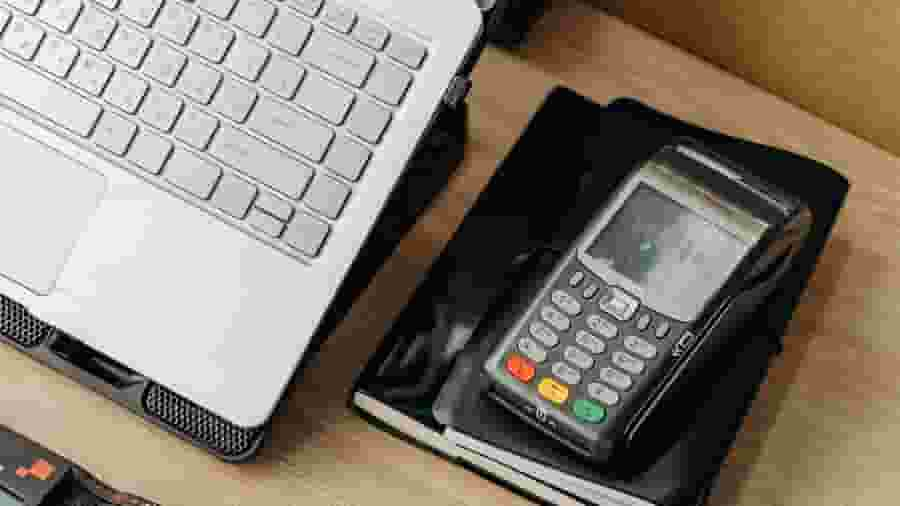Value-added tax (VAT) is a consumption tax charged at each stage of the supply chain on the value added. Australia uses a VAT-style system called Goods and Services Tax (GST): a flat 10% on most goods and services, with some GST-free categories (like, many basic foods or certain health and education services). In this guide, we’ll walk through the meaning of VAT and how it can be applied to your small or mid-sized business.

What is VAT ( Value Added Tax) and How Does it Work?
Key takeaways
- Australia’s VAT equivalent is GST at 10% on most goods and services.
- You should register for GST when your GST turnover reaches $75,000 (or you expect to).
- To add GST to a price, multiply by 1.1. To remove it, divide by 1.1.
- Some supplies are GST-free.
- Globally, around 175 countries use VAT/GST systems.
What is VAT?
So, what is VAT tax exactly?
There is no tax that is officially called Value-Added Tax (VAT) in Australia. Instead, the Goods and Services Tax (GST) is used. Each function in a similar way, where Australian businesses that are registered for GST must collect tax on behalf of the Australian Taxation Office (ATO) and can claim credit for any GST paid on business related purchases.
Both GST and VAT serve the same purpose, the main difference is that VAT is used in a variety of different countries for tax reasons.
How value-added tax (VAT) works
In Australia, VAT tax takes the form of GST. Here’s how it works:
- Rate and scope: The standard rate of VAT in Australia (as GST) is 10% on most goods/services supplied or consumed in Australia (including many imports).
- Who must register: Businesses with GST turnover ≥ $75,000 (or expecting to reach it) must register for GST through the ATO.
- GST-free items: Many basic foods, some healthcare and education supplies are GST-free.
- How to add/remove GST: To work out the total VAT or GST, multiply the original price by 1.1. Alternatively, you can figure out the total price without the standard rate of 10% by dividing the original price by 1.1.
- Input tax credits: Registered businesses claim credits for GST on business purchases, then remit the net amount on their activity statements.
What’s the difference between GST vs VAT?
VAT is the global term for a value-added consumption tax. GST is simply the name used in countries such as Australia for a VAT-type system. They work the same way in principle—tax on value added with input credits—but rules vary by country.
Key differences (Australia vs generic VAT):
- Name and ID: Many countries issue a VAT number; in Australia, you use your ABN and indicate GST registration (no separate “VAT number”).
- Rate structure: Australia applies a single 10% rate with defined GST-free categories. Other VAT countries may have multiple rates.
- Returns: Australian businesses report via business activity statements (BAS). Other countries file VAT returns with different periods/formats.
- Terminology and scope: Exemptions, thresholds and invoicing rules are different, depending on the country.
How to apply VAT to your business
Getting GST right does more than tick a compliance box—it builds price transparency and unlocks input tax credits that lower your costs. It also strengthens cash-flow visibility and keeps your records BAS-ready.
Here’s how to apply GST:
- Get an ABN and register for GST when your GST turnover hits $75,000 (or you expect to).
- Update pricing and invoices to show GST and your ABN—and be sure to issue tax invoices where required.
- Collect GST on taxable sales. Don’t charge it on GST-free supplies.
- Track input tax credits on eligible business purchases.
- Lodge BAS and pay/refund the net GST. Keep clear records.
Example of GST through the supply chain:
|
Stage |
Cost (ex-GST) |
GST charged (10%) |
Total charged |
Input credit claimed |
Net GST remitted |
|
Raw materials to Manufacturer |
$1,000 |
$100 |
$1,100 |
- |
$100 |
|
Manufacturer to Wholesaler |
$2,000 |
$200 |
$2,200 |
$100 |
$100 |
|
Wholesaler to Retailer |
$3,000 |
$300 |
$3,300 |
$200 |
$100 |
|
Retailer to Final Customer |
$4,000 |
$400 |
$4,400 |
$300 |
$100 |
Across the chain, each business remits GST on its value added so the final consumer bears the total $400.
Countries that collect and use VAT
VAT/GST systems are now the global norm, with around 175 countries operating one as of May 2025. The latest adopters include smaller economies rolling out modern VAT regimes. The United States remains an outlier with no federal VAT, relying instead on state sales taxes. For policy and rate comparisons across economies, see the OECD’s Consumption Tax Trends.
Stay on top of VAT with Intuit QuickBooks
Intuit QuickBooks offers VAT and GST tracking to help you run your business effectively. With the ability to forecast incoming tax payments and oversee reminders or lodgements—it’s a simple and proactive way to keep business priorities moving.
Get started in only a few simple steps to get the most out of Intuit QuickBooks for your growing business.
Related Articles
Looking for something else?

TAKE A NO-COMMITMENT TEST DRIVE
Your free 30-day trial awaits
Our customers save an average of 9 hours per week with QuickBooks invoicing*
By entering your email, you are agree to our Terms and acknowledge our Privacy Statement.

















